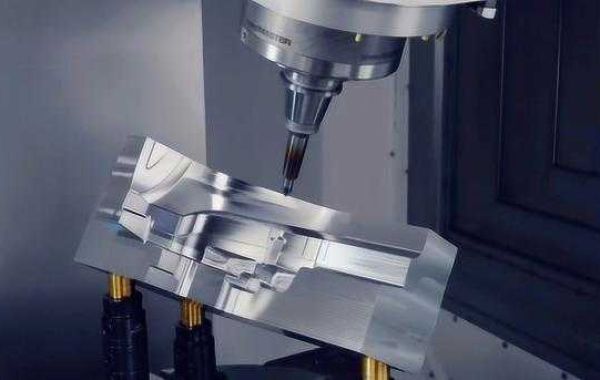The choice of cutting tools is crucial for successful CNC machining of titanium alloys. These materials are highly abrasive and can generate significant heat, so tools must be durable and capable of handling these conditions. Here are some of the most commonly used cutting tools for titanium alloys:
Carbide Tools
Carbide tools are a popular choice due to their balance of cost and performance. They are suitable for a wide range of machining operations on titanium alloys. However, they may require more frequent sharpening due to their susceptibility to wear.
Polycrystalline Diamond (PCD) Tools
PCD tools offer exceptional durability and cutting performance when machining titanium alloys. Their hard, abrasive nature allows them to withstand the high temperatures and cutting forces generated during machining. PCD tools are particularly effective for finishing operations and can produce high-quality surface finishes.
Cubic Boron Nitride (CBN) Tools
CBN tools are another excellent option for machining titanium alloys. They are similar to PCD tools in terms of hardness and wear resistance but offer better performance at higher temperatures. CBN tools are often used for roughing and semi-finishing operations.
Coated Tools
Many cutting tools are coated with materials such as titanium nitride (TiN), titanium aluminum nitride (TiAlN), or diamond-like carbon (DLC). These coatings provide a protective layer that can enhance tool life, reduce friction, and improve surface finish.
When selecting cutting tools for titanium alloys, it is important to consider factors such as the specific machining operation (roughing, finishing, or drilling), the desired surface finish, and the required tool life. By choosing the right cutting tools, manufacturers can optimize their machining processes and achieve high-quality results.







